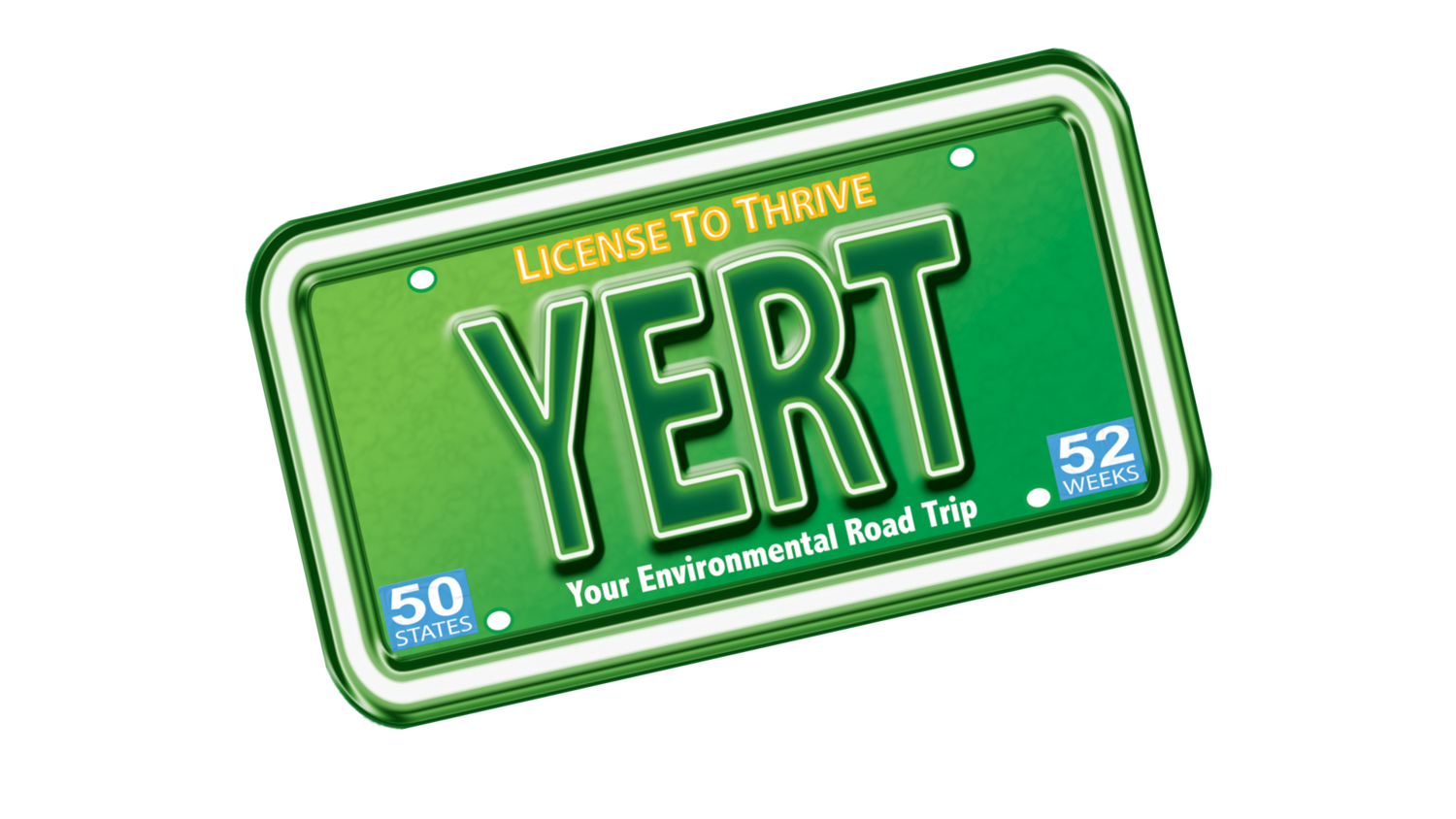Days 232-234: FL Everglades, Lake Apopka, Cape Canaveral...where the water goes...
I think i may have mentioned I used to live in Florida, but we must have stayed home alot when I was growing up bc I don't remember seeing the kinds of wildlife we have been seeing in the preserves the last few days. For instance, I had no idea there was such a bird as an Anhinga, or that their entire body drops below the surface of the water when they swim so that only their long skinny neck sticks out, like a little wet feathered Lochness...(This one is stretching her wings...)We spoke with former schoolteacher, Connie Washburn of Friends of the Everglades, who gave us some history of the wetlands, as well as of the attempts at restoration and preservation. She explained that this ecosystem is like no other on Earth, due partly to its being a peninsula. Very many migrating birds also use it as a stopping place on their long routes. The Everglades Restoration is the very biggest of its kind and the eyes of the world are watching - all the more reason, she says, to really do it right. Connie believes in the importance of teaching children to respect the environment when they are young (see: Young Friends of the Everglades) and of getting citizens involved and caring about their communities in order to protect them. She gave us her blessing, sent us off with directions to the Everglades and some oranges from her backyard trees, and even lt us donate our week's worth of COMPOST into her backyard compost pile. (Thanks, Connie!!)Since we were wor
ried about not being able to film in Everglades National Park without a permit, we entered the Everglades through Big Loop Road. We rolled past some old people fishing a slimy looking dark pond inhabited by 3 young alligators. One lady flung her little redbelly fish up onto the bank and the young gator who had been following her progress came right up onshore to steal it from her! YIKES. Those old folks just poked that gator with their fishing rods till it hissed and eventually went back in the pond. I was somewhat relieved to move on.One magical bridge held many birds on either side and many birdwatchers, who respectfully quiet and spoke only in whispers so as not to disturb the animals in their protected habitat. What a privilege. One birder, an environmental geologist, was interested in what we were doing there, so the boys picked his brain while I learned from his wife the names of some of the birds we were seeing - that's where I learned about the Anhinga - wonderful! Alas, feeling the road calling, we reluctantly got back in the car and set off for Orlando, where we were greeted warmly by our next hosts, Terry and Albert. I settled in for bed while Ben and Mark hashed out text for the Oregon video, which Ben finally was able to finish, God love him, and Mark was able to deploy. Woohoo!The next morning we woke to rain, which seemed crap luck since both our scheduled interviews that day were o
utside but, as we drove to meet Jim Thomas at his office, the sky cleared, and we headed to Lake Apopka's Oakland Nature Preserve, 128 of acres of reclaimed farmland restored to forested wetlands. As you can see from the picture, it is greener than green and incredibly LUSH. They have a few problems with invasives (like Taro from Hawaii) which appeared when hurricanes knocked down the old canopy of maples, but the Park has had terrific success transforming basically sterile farmland, and the community shows its appreciation by sponsoring continued progress. Jim says that there is no end to the work, and we believe him. Just when you think you can rest, ther
e is the next battle. But, what are you going to do? Not fight it? Not Jim...And not Jim Peterson either, who took us around to the North side of Lake Apopka to show us the intake pumps which suck water from the Lake to be filtered trough a mechanical system and returned. He compared a sample of water from near the intake pipes with water coming out of the filtration system. Both were greenish but only the unfiltered water was foggy. This fat gator makes his home near where the clear water pours out from huge pipes.We were rushing late for our next interviewee - environmental author and documentarian, Bill Be
lleview - but he is also a filmmaker and was understanding. (Thank you, Bill!) He showed us land which is being preserved - sinkholes with dogfennel, which he and Ben ate, and a great trail going back into a pine forest. He told us about the black bears who live there and pointed out an eagle's nest. We shared thoughts and worries about overdevelopment, water running out, whether or not humanity is acting fast enough to halt or reverse the loss of land, of ecosystems, of our atmosphere, our water, our food...On our way back to the car, it started sprinkling. We said our goodbyes, Jim handed us a huge sack of oranges from his b
ackyard (sensing a trend here?) and the moment we were all safe within Rachel Carson's doors, the sky opened up with a downpour. (Thank you, Rain, for waiting.)We finish this leg with a trek out onto Cape Canaveral where Ben got a fabulous shot of a Great Blue Heron swallowing a snake...and I got a nice shot of a fisherman in his waders...
